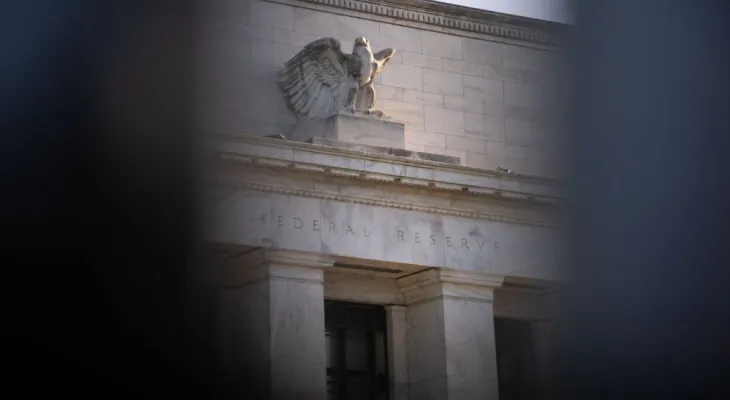Search here
Newspaper
Search here

Arab Canada News
News

Published: September 11, 2022
Federal Reserve officials (the U.S. central bank) are looking to approve another significant interest rate hike this month, as they rush to curb demand and reassure Americans that inflation rates will return to 2%.
For his part, Federal Reserve Governor Chris Waller confirmed his support on Friday for imposing a 75 basis point increase, saying he supports "another significant increase."
Earlier, the Federal Reserve President in St. Louis, James Bullard, stated that he leans "more strongly" towards taking a big step when officials meet on September 20 and 21. They have emerged as two leading supporters this year and so far of the Federal Reserve's policy directions.
These statements came following hawkish comments from other policymakers this week, led by Chair Jerome Powell, who implicitly or explicitly endorsed a third consecutive 75 basis point increase.
Powell had previously indicated that the decision was between imposing that increase or half a point, depending on the data. Officials are now entering a period of silence on public comments before the meeting.
Raising interest rates
In this context, Wall Street took note, with many major banks changing their calls to impose a 75 basis point increase this month instead of 50 basis points, including economists at Goldman Sachs, Deutsche Bank, Barclays PLC, and Bank of America.
If the Federal Reserve imposes another significant increase - and investors have fully priced such a move into the financial markets - it would be the most aggressive step among a series of interest rate hikes the world has seen since former Chair Paul Volcker fought inflation in the 1980s.
The reality is that the rush to bring interest rates to a restrictive level—where monetary policy restricts economic activity rather than fueling demand—is rooted in the committee’s feeling of asymmetric risks from inflation levels being higher than they should be for longer than they should.
Officials fear that prolonged high inflation will erode people's confidence in the central bank's ability to bring inflation levels back to 2%, making the Federal Reserve's return to the target rate more costly.
Powell said on September 8, "The clock is ticking, and the longer inflation rates remain above the target rate, the greater the concern that the public will start to incorporate a naturally higher inflation rate into their decisions." Adding: "Our mission is to make sure we do not reach this stage."
The commitment to further monetary tightening
Officials have also been keen to avoid pledges to stop or slow the campaign of raising interest rates, setting a high bar for economic data to convince them otherwise.
For his part, Waller confirmed on Friday: "I will continue to support taking further steps to tighten monetary policy until I see meaningful and sustained moderation in core price increases."
Policy is already affecting financial conditions, as some parts of the economy have calmed, while 30-year mortgage rates have nearly doubled since the beginning of this year to reach 5.9%, according to Freddie Mac.
Global commodity prices and used cars in the U.S. have started to come off their peaks, while the value of the dollar has risen by about 11% against a basket of ten major currencies this year, according to the Bloomberg index.
All of these factors combined add to the early signs of inflation rate decreases in the United States that officials might start to observe in the consumer price index report for August on Tuesday.
Federal Reserve officials have expected from the start that a long and consistent set of data will be required to reassure them that inflation is on a downward path and monetary policy can become less restrictive.
While some officials avoid revealing a pause around nearly 4% on the benchmark lending rate, they emphasize that they will be more precise in how they evaluate the data going forward.
For her part, Kansas City Federal Reserve President Esther George said on Friday: "We will have to determine our policy path through observation rather than referring to theoretical models or trends that relied on pre-pandemic data."
She added: "Given the possible lag before moving from tighter monetary policy to real economic conditions, this calls for steadiness and achieving the goal rather than rushing."
Comments